Little Eva" was a USAAF Consolidated B-24 Liberator which, returning from a bombing mission, got lost and crashed having exhausted its fuel supply on 2 December 1942 north-west of
Burketown, Queensland (near the Gulf of Carpentaria).
The crew had taken to their parachutes before the crash. The survivors, now in two groups, set out on foot. Two of the crew travelled east and came across people after twelve days. The other party travelled westerly, with the only surviving member being found some five months later.
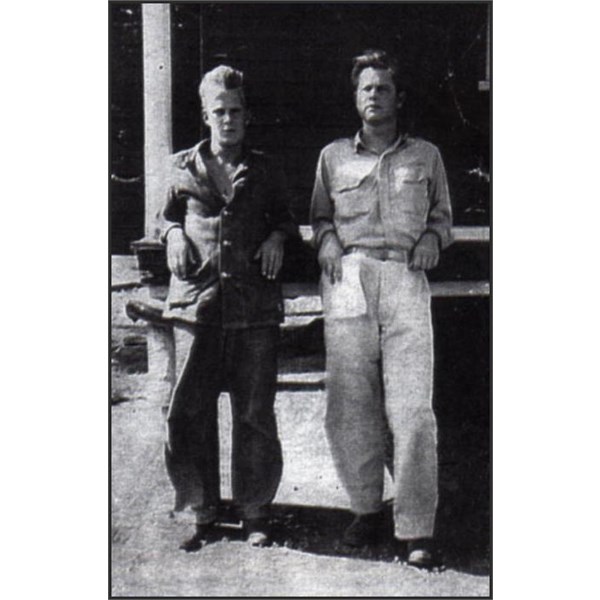
Wilson & Crossan recovering in Burketown, Dec 1942
The aircraft, part of the 321st Squadron, 90th Bombardment Group based at Iron Range was returning with four other B-24s from a bombing raid on a Japanese troop convoy about 80 km north of Buna, Papua New Guinea. "Little Eva" lost touch with the other aircraft and returned to the base on its own. A severe thunderstorm disabled the radio, causing the flight to lose its way and run out of fuel. Lieutenant Norman Crosson,
the pilot, gave orders to bail out. Most of the crew members parachuted to safety, however one was killed when his parachute snagged on the aircraft and another who did not jump was killed when the plane crashed at about 2:45am near the Burriejella
waterhole.
Although the crew had been instructed to meet at the
crash site, only Crosson and Sergeant Loy
Wilson arrived there.
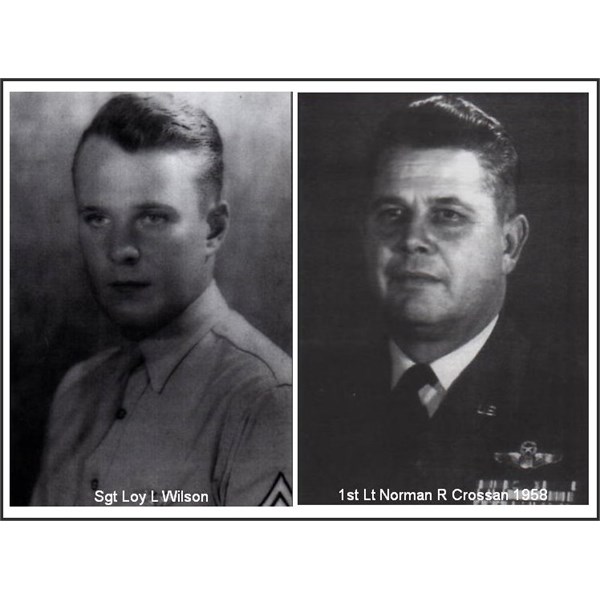
Sgt Loy L Wilson & 1st Lt Norman R Crossan
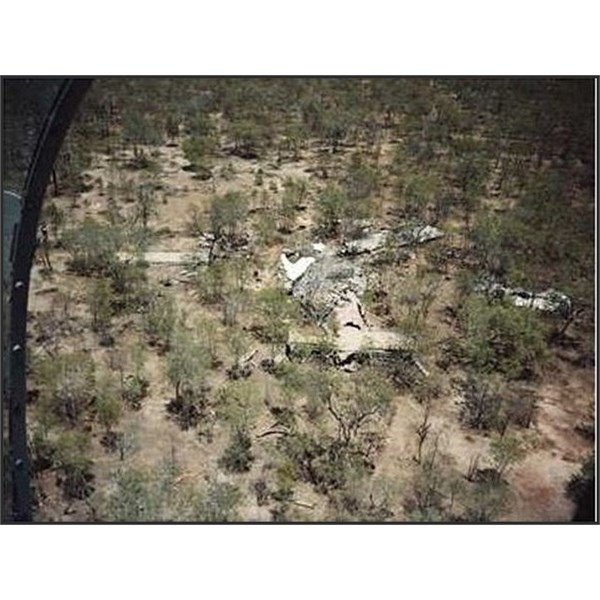
B24 Liberator Little Eva Wreckage
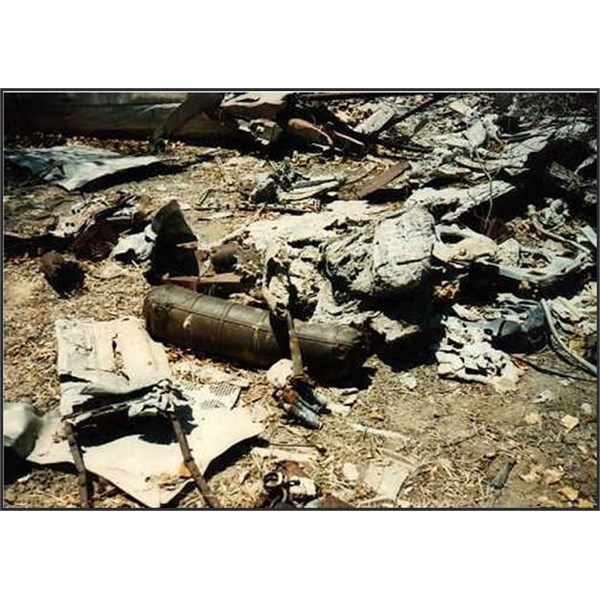
B24 Liberator Little Eva Wreckage
Note: in the lower photo you see a brown tank, I think this was the CO2 auto fire extinquisher, I have one here at
home from B-24 "Nothing Sacred" that crashed near Fenton NT.
The other survivors had decided to head for the coast about 24 km (15 mi) away. Both groups of survivors believed they were on the east coast of
Cape York Peninsula and close to
Cairns.
Crosson and
Wilson had extremely little food and water. They walked east to what they felt should be the east coast of
Cape York and quite by chance this route took them almost straight to Escott Station, 15 km west of
Burketown, where they arrived after a trek of some 60 km on 14 December 1942. Exhausted and with badly blistered feet, they were driven to the four-bed
Burketown hospital for medical attention and flown back to Iron Range a week later. Their rescue sparked a search for the other men which would continue for some five months. The missing men were Staff Sergeant Grady Gaston, 2nd Lieutenant Arthur Speltz, 2nd Lieutenant Dale Grimes, 2nd Lieutenant
John Dyer, and two other unaccounted crew members. Their resources consisted of two .45 calibre pistols, a few bars of chocolate, a jungle knife, a fish hook and line, and some matches.
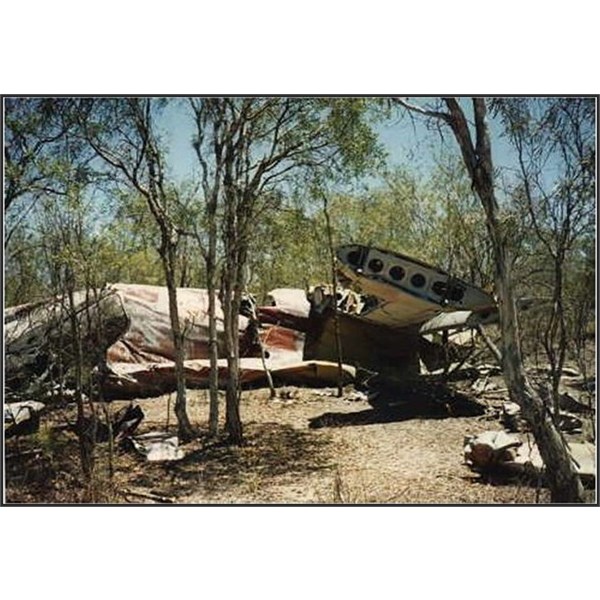
B24 Liberator Little Eva Wreckage
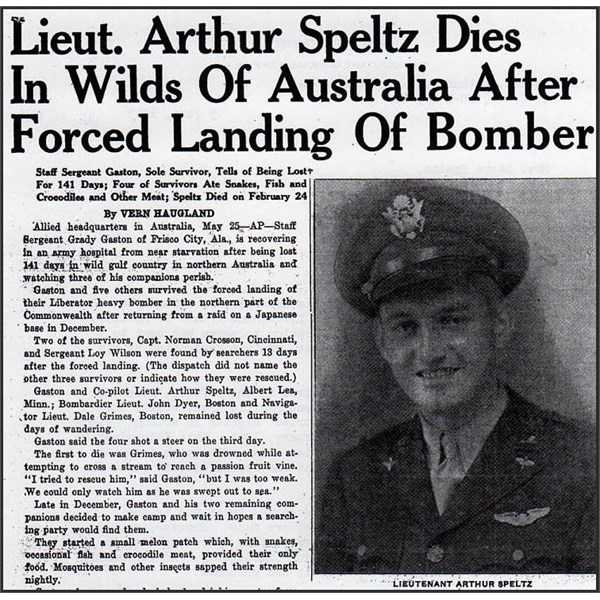
Newspaper report part 1
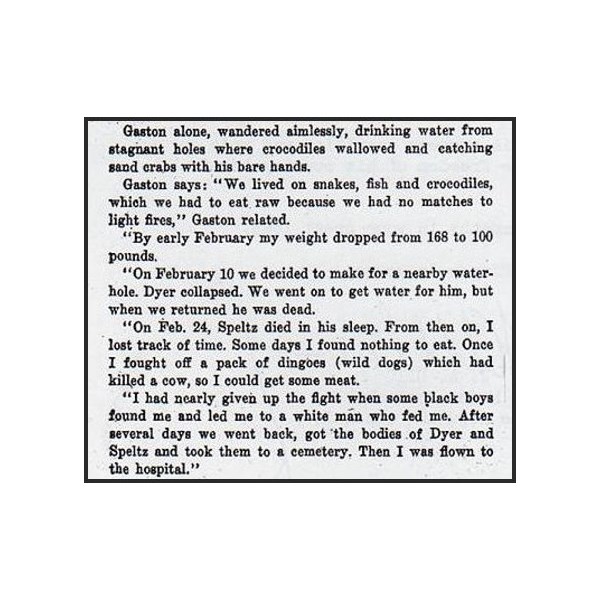
Newspaper report part 2
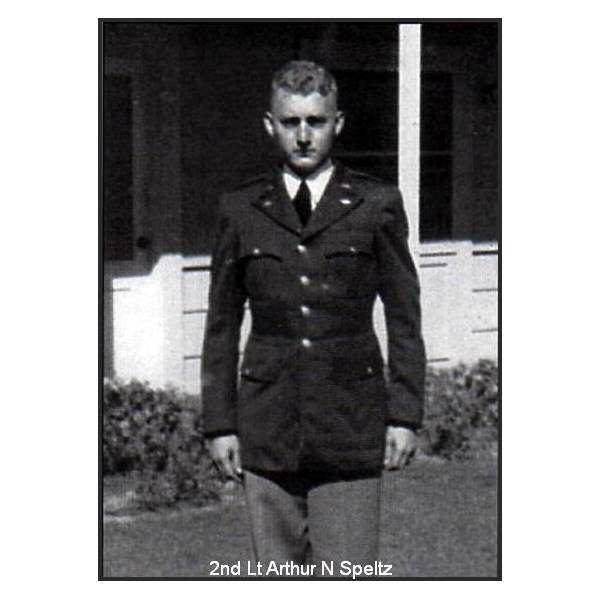
2nd Lt Arthur N Speltz
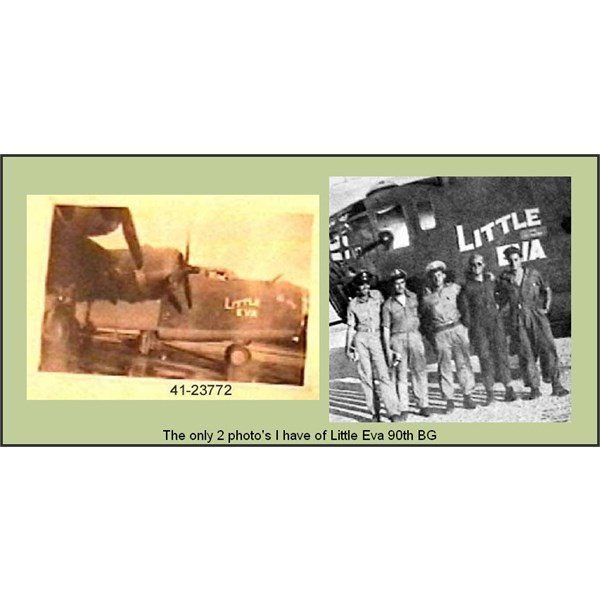
Little Eva Nose Art
After the crash Gaston's party travelled in a westerly direction until they reached the Gulf of Carpentaria and then followed the shoreline. They were fortunate enough to shoot a
young bullock on their fourth day out, gorged themselves on as much meat as they could and pressed on. Concerned about carrying unnecessary weight, they took no meat with them. A day later they discarded their pistols as being rusty and useless. Heading north-west along
the beach, they were forced to swim across a number of rivers—managing to avoid the crocodiles common in those waters.
On 15 December 1942 a large search party consisting of seven men of the North Australia Observer Unit (NAOU), fifteen Volunteer Defence Corps (VDC) members, a local policeman and two aborigine trackers set out from Escott Station to find the
crash site.
The officer heading the search was Lieutenant Stan Chapman of the NAOU and he made his headquarters at
Burketown. Five days into the search he enlisted the help of Ian Hosie, a Flying Doctor and soon located the wreckage. Here they found six parachutes and two charred corpses which they buried at the site. Lieutenant Frank Comans of the NAOU set out with a small party to follow the tracks of the survivors. This they managed to do for more than 130 km. The wet conditions made for difficult tracking particularly at stream crossings and the trail was finally lost at Settlement Creek near the border between Queensland and Northern Territory.
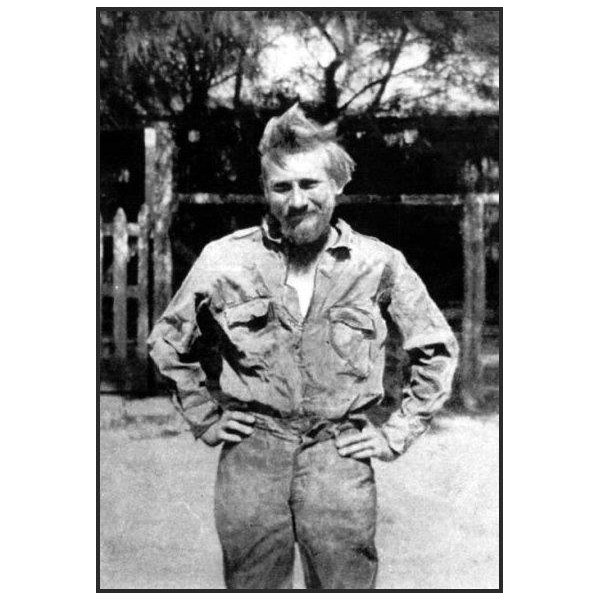
Grady Gaston after his rescue In front of the Boroloola Police Station, May 1943
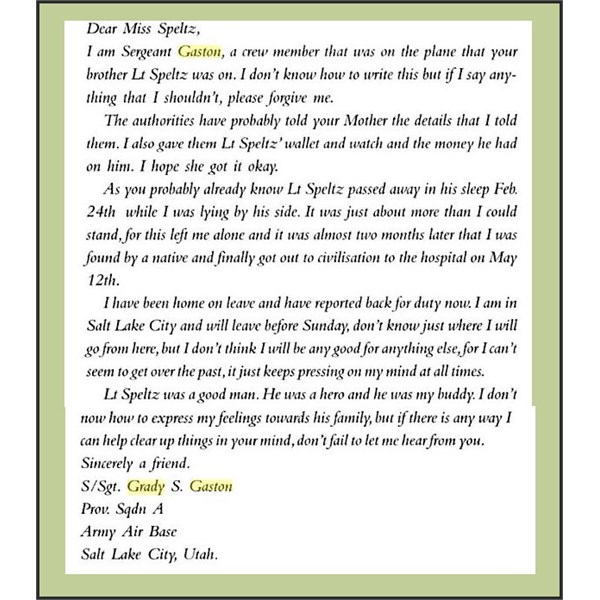
Grady Gaston Letter to Arthur Speltz' Sister
The survivors found a
shack on 24 December where they made a base. Grimes, the bombardier, was drowned in Robinson River when the current took him out to sea and he was too weak to swim back. His body was later recovered. Lt Dyer died on 10 February and Speltz (co-pilot) in the night of 24/25 February. Grady Gaston, the ball turret gunner, was rescued on 23 April 1943 when he was discovered by stockmen looking for stray cattle and taken over time to
Cloncurry. From there he was collected by the USAAF on 11 May.
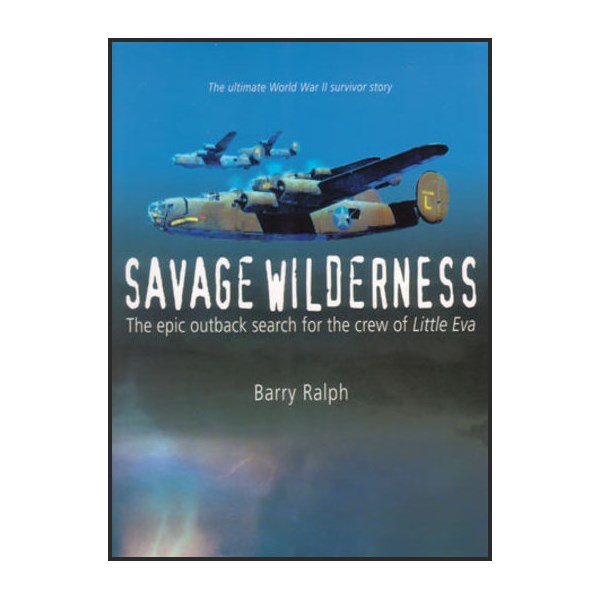
Savage Wilderness - the Epic Outback Search for the Crew of Little Eva
Note:...I have read the book, highly recommended
The book is “Savage Wilderness” by Barry Ralph, published by University of Queensland Press. It is the ultimate World War II survivor story.
On December 2, 1942 the US Bomber B24 “Little Eva”, returning from a mission over New Guinea, got lost returning back to its base in northern Queensland and it crashed north of
Doomadgee. The area was deserted. The plane had come down in a dangerous, merciless area. They actually thought they were coming down on the east coast near
Cooktown, whereas they were a very long way away.
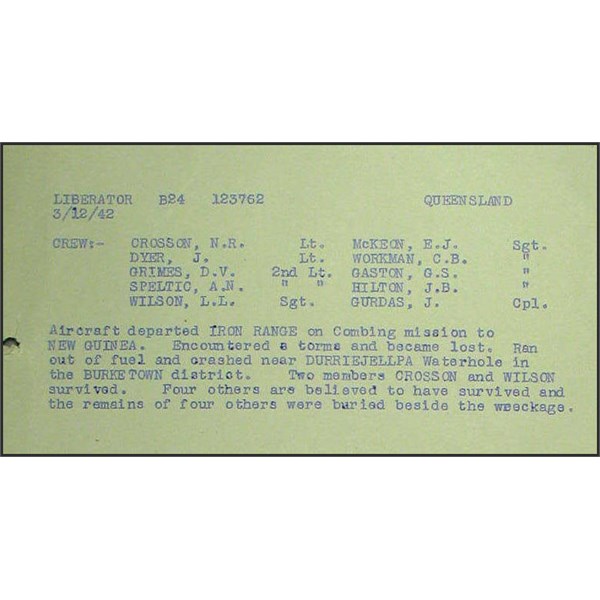
41-23762 Little Eva
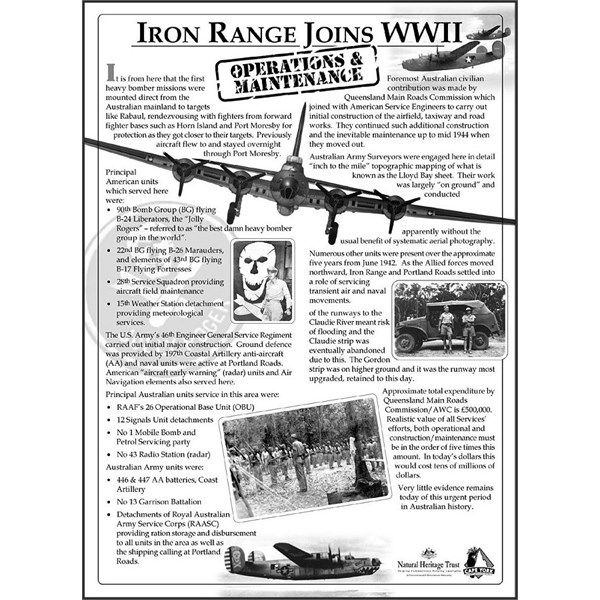
Iron Range
There were some reports among station owners of a plane coming down but the investigations by the Queensland Police at first could not find any trace of a plane. US authorities were anxious that the plane be located quickly not only because of rescuing the crew members but also because it had a special sort of targeting device which the Americans did not want the Japanese to know about.
The wreck was eventually located over six weeks later. The gun sight was retrieved and the search party buried four bodies. Two crew members were located and they lived on for several decades.
One by one the air crew died. Dale Grimes was the first to die – drowned crossing a river. This was around the fourth week of the trek and the remaining survivors did not even have the strength to bury the body. His body was later found by an Aborigine. Local authorities were mystified that a US Air Force person should be washed up on their shore. They were aware of the “Little Eva” crash but that was in Queensland, weeks earlier.
Then on February 10,
John Dyer died. On February 24, Arthur Speltz died in his sleep of exhaustion. By this time the team had given up walking because they were all so exhausted. They stayed near a
water hole.
Grady Gaston was the sole survivor. He lasted 141 days. He lived on uncooked snakes, fish and whatever else he could find. On March 21, an Aborigine found him.
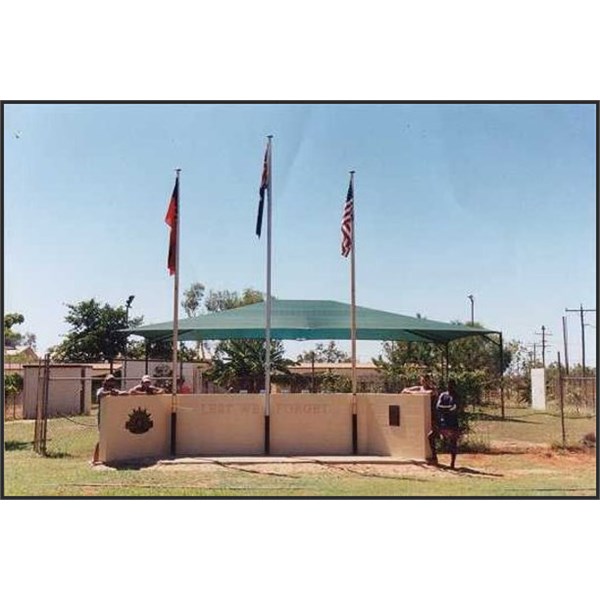
Memorial at Doomadgee Qld.
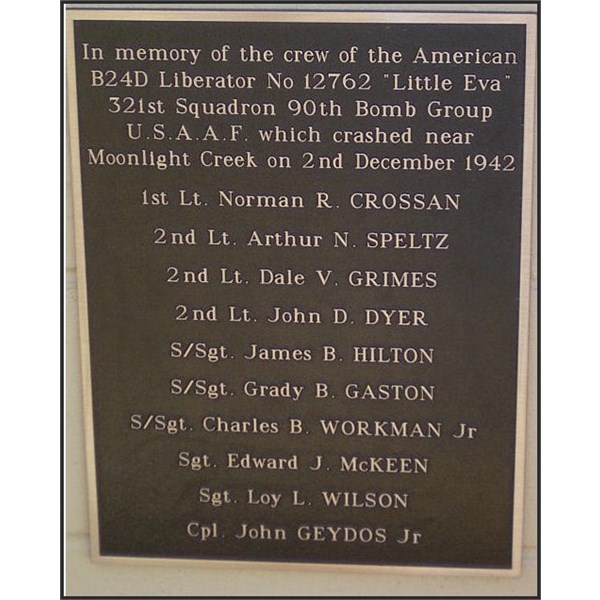
B24 Little Eva Memorial
Gaston survived the war and returned to Frisco City, Alabama. He delivered mail for 40 years. In a rare recollection of the tragedy he guessed at why he had managed to live: “The others were city people. They wouldn’t eat snakes and the like. I was born in Frisco City, with a
population of about 2,000 people. I would chew anything, ‘cause it was the only way to stay alive”. He died on January 8, 1998.
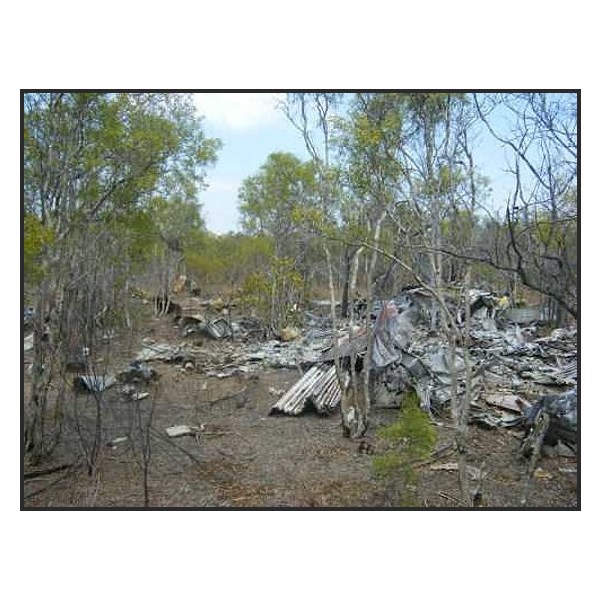
Photo showing the Bomb Bay Roller Door
“Little Eva” lies in the same spot that proved so elusive 74 years ago. Although it is listed as a tourist attraction, few people visit the wreck. It is very difficult to get to, best is by Helicopter.